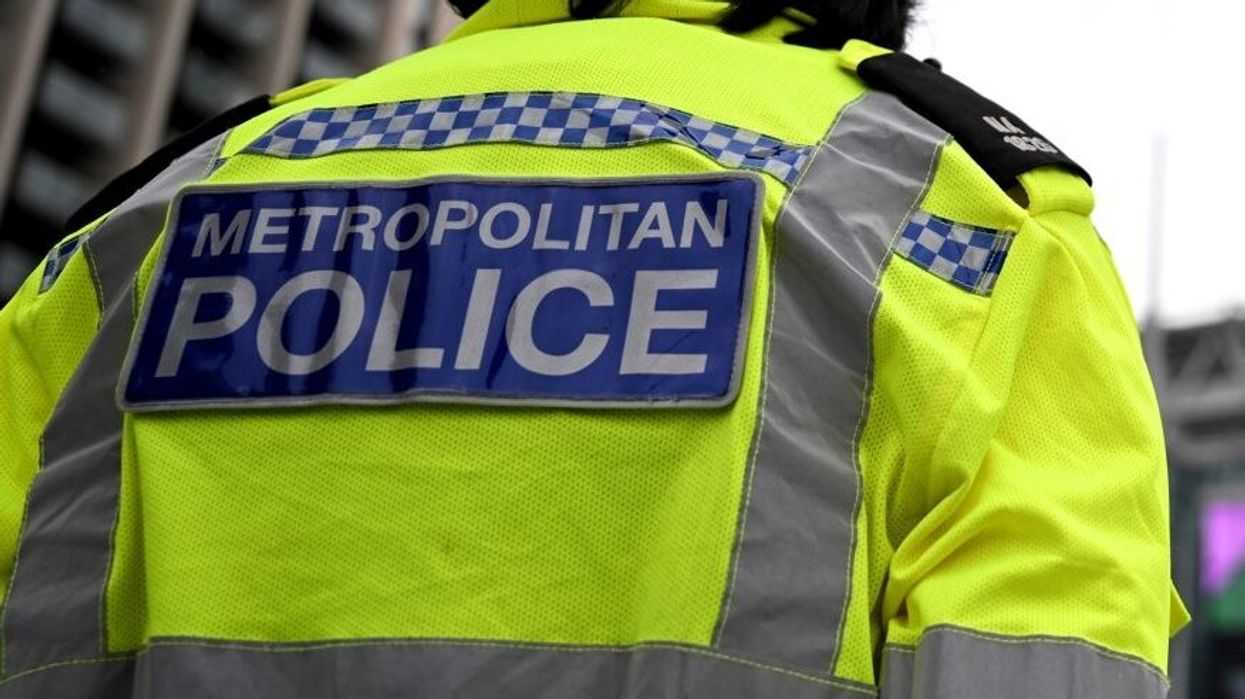EARLY ACTION THIS SEASON HELPED SAVE MORE LIVES THAN IN THE PAST
SRI LANKA’S weather and disaster offices have, for years, faced criticism for not providing adequate early warning about extreme weather – a problem that may have contributed to widespread deaths and displacement from mudslides and flooding, critics say.
But this year that is changing, with government agencies issuing a series of early warning alerts about potential threats.
On May 22, the Disaster Management Centre put out a landslide warning, relayed from the National Building Research Organisation, that reached scores of landslide-prone villages in the districts of Rathnapura, Kalutara, Kegalle and Nuwera Eliya.
Many families temporarily left their homes in response.
“There was no landslide in our village, but we felt safe staying away from the area and also that someone was monitoring the situation,” said Mariamma Sivalingama, 40, a plantation worker who lives in Nuwera Eliya.
Brenda Barton, the head of the World Food Programme in Sri Lanka, said government departments and other agencies held meetings in the two weeks before the expected arrival of monsoon rains to try to prepare for potential threats.
The government “took a number of concerted steps to heighten preparedness before the monsoon season, including mobilising response teams in advance and establishing mechanisms to ensure the security and safety of evacuated people and their assets,” Barton revealed.
“This year early warning information was more widely and regularly disseminated,” she said.
One significant change this year was that agencies such as the Disaster Management Centre and the Red Cross began issuing effective mobile phone warnings.
“Everyone was on SMS, the messages were really fast and really well linked,” said Sudath Madugalle, who oversees early warning and flood relief efforts as deputy general director of the Sri Lanka Red Cross.
The flooding last month did leave over 150,000 marooned by floodwater and 23 deaths were reported. But the damages and the fatalities were far lower than in 2016 and 2017.
In 2016, a landslide left over 200 villagers missing and presumed dead in the Aranayake area of Kegalle District. At that time, the Disaster Management Centre came under criticism for lack of an effective network to disseminate early warnings.
That year, the National Building Research Organisation had issued a warning of a possible landslide, but there was no effective mechanism set up to get the warning to the villagers in danger, residents and government officials in the area said.
This time, government and Red Cross officials used a range of official and private networks to get warnings out, with the Disaster Management Centre also sending out police to warn remote villages, Madugalle said.
The centre also used social media – particularly Facebook and Twitter – to provide updates on risks and issue warnings, while the meteorological department updated its online rain maps every three hours.
“Comparatively, this time we were able to be a bit more proactive,” said Duminda Dissanayake, the government minister in charge of disaster management.
Madugalle said that authorities still need to work on building community awareness about disaster threats, however. (Thomson Reuters Foundation)











